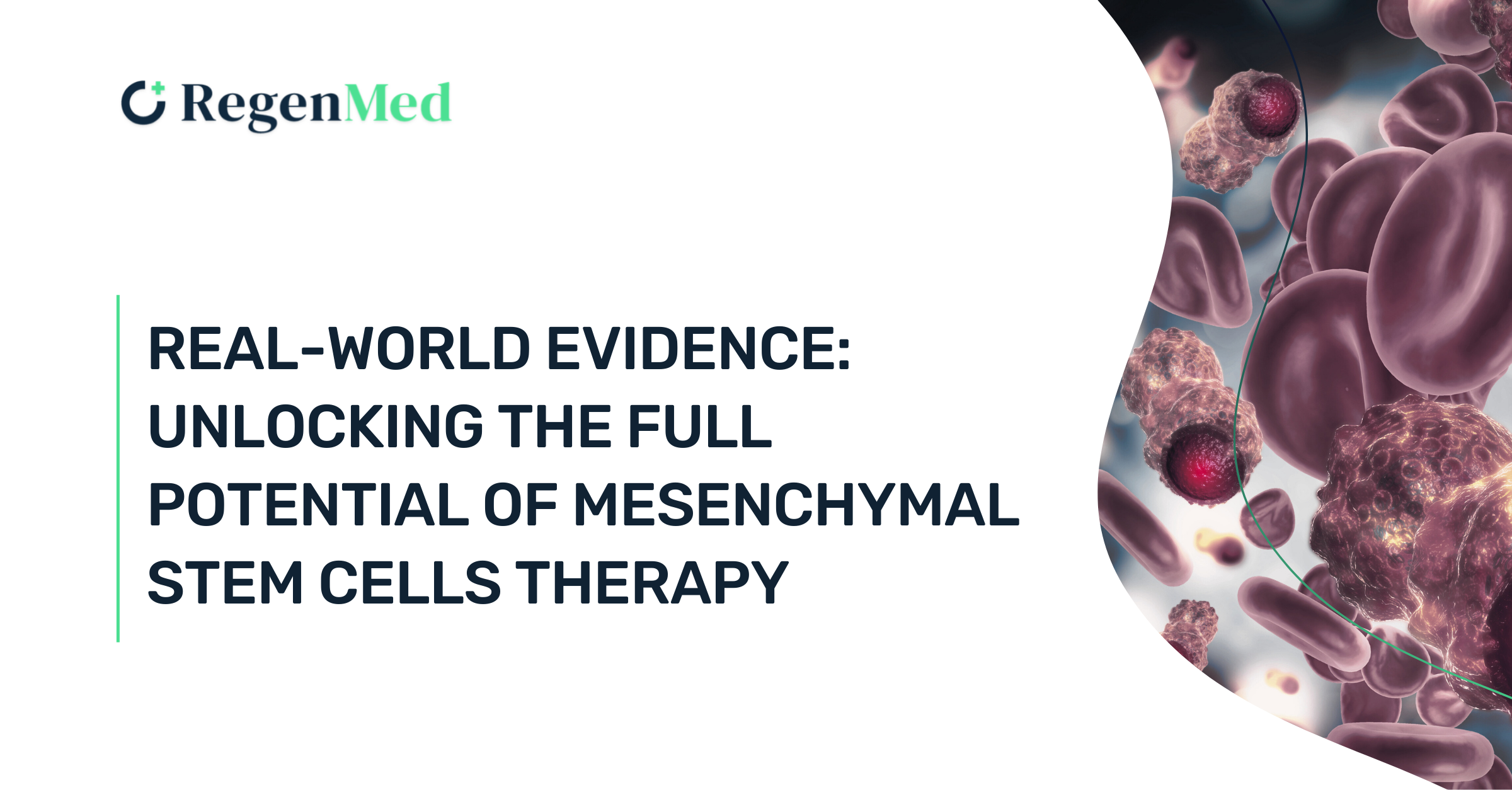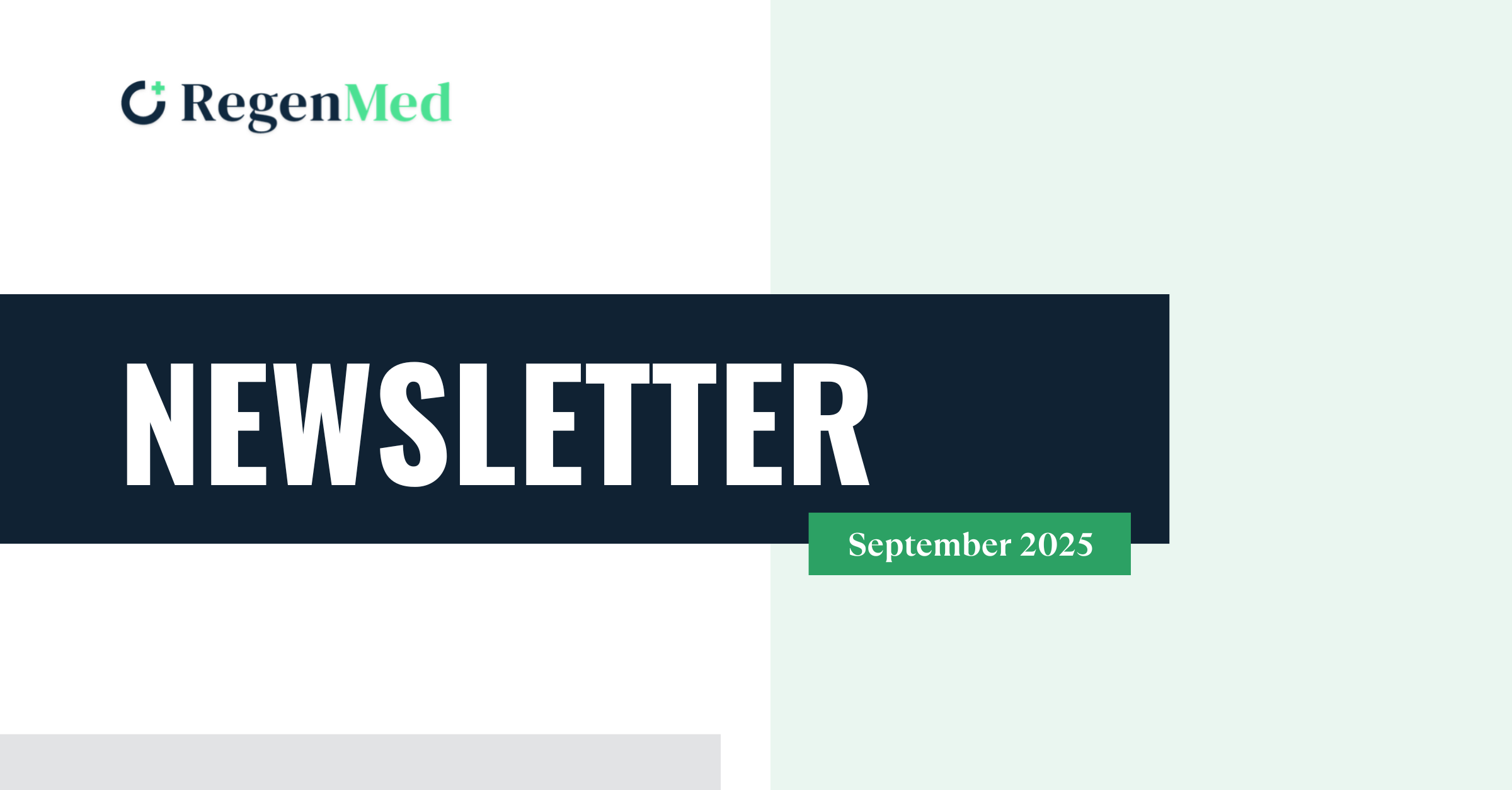Physical Therapy’s Next Chapter: From First Contact to First-Class Evidence
The future of physical therapy as a first-contact, value-based care is here. With trustworthy, real-world evidence and innovative platforms like Circles, PT can deliver measurable outcomes, reduce costs, and earn its rightful role in modern healthcare.
The Moment For PT Is Here — Now Let’s Make It MeasurablePhysical therapy has moved from a purely post-injury service to a true first-line option for neuromusculoskeletal conditions. Utah’s Senate Bill 196 is emblematic: it explicitly recognizes PT as primary care under insurance law, removing referral friction and signaling confidence in PTs as initial evaluators and managers of back pain, sprains, and joint complaints. The military’s decades-long experience using PTs in primary care roles further demonstrates that this model is safe and reduces downstream utilization.This shift isn’t just philosophical; it’s economic. For common MSK problems, PT often matches surgical outcomes without the costs and risks of invasive care or long-term medication. The “Comparative Economic Value of Physical Therapy” table lists substantial net savings — for example, ~$14k for knee osteoarthritis vs. steroid injections and ~$39k for carpal tunnel syndrome vs. surgery — illustrating how early, non-invasive care changes the cost curve.The profession’s educational foundation supports this evolution. DPT programs blend rigorous biomedical science with extensive clinical rotations, preparing PTs to function as autonomous clinicians and collaborators in complex, multidisciplinary pathways. The result is a workforce ready for first contact care — and ready to generate practice-embedded evidence.The Missing Piece: Trustworthy Real-World Evidence (RWE)Randomized trials remain crucial, but they rarely capture everyday PT practice: diverse patients, real adherence patterns, comorbidities, and social context. Legacy RWE sources — claims, registry feeds, heterogeneous EHR extracts — are often fragmented, retrospectively assembled, and hard to verify back to the primary source. PT’s own outcomes registry (PTOR) struggled with participation and incentives, reminding us that centralized “after-the-fact” approaches stall without shared value and low-friction workflows.If PT is to win durable reimbursement as a first-contact, value-based service, the field needs RWE that is:Verifiable to origin (auditable to the moment of care and the patient);Clinically rich (functional metrics, PROMs, adherence, and course-of-care details);Interoperable (FHIR-compatible, payer-ready, guideline-ready);Equity-aware (SDOH captured alongside outcomes, not as an afterthought);Governed for trust (patient ownership, transparent consent, and federated analytics).Why Circles Fits PT Like A GloveCircles is RegenMed’s protocol-driven RWE platform designed to meet these exact requirements. In physical therapy, Circles functions as a “learning loop” at the point of care: 1. Protocol-driven capture at the source: Observational Protocols (OPs) specific to MSK conditions structure what’s collected: baseline impairment, functional goals, exercise prescriptions, progression, clinician observations — plus patient-reported outcomes and engagement signals. Data is FHIR-compatible and auditable. 2. Patient ownership + federated governance: Anonymized data remains under patient control, and analytics can operate in a federated model across sites. This avoids the participation and incentive pitfalls that limited prior registries. 3. Equity by design: Circles embeds SDOH and access variables directly into PT-tailored protocols, making disparities measurable and actionable for health systems and payers. 4. AI-ready structure: Because Circles data are standardized and verified, predictive models (e.g., likelihood of recovery plateaus, adherence risk, visit intensity needed) become clinically actionable — unlike models trained on inconsistent, retrospective data.Concrete PT Use Cases Where Circles Pays Off1) First-contact triage and pathway optimization: With Circles-guided protocols, clinics capture functional baselines and early improvement trajectories in visit 1–2, producing verifiable evidence that supports “PT-first” pathways and reduces unnecessary imaging and specialist visits. 2) Value-based contracts that reward real outcomes: Circles harmonizes case-mix variables, visit intensity, and PROM improvement, enabling contracts that pay for progress, not just units.3) Precision rehabilitation and adherence support: Circles integrates with wearables, computer-vision ROM tracking, and VR-based engagement tools. Feeding their signals into Circles converts them into verified evidence on adherence and outcomes.4) Continuous quality improvement across clinics: Multi-site groups can compare protocol fidelity, session mix, and time-to-milestone by diagnosis and therapist — without shipping raw PHI.Implementation Blueprint For PT LeadersStart where the value is obvious.Pick 3–5 high-volume MSK lines (e.g., acute LBP, knee OA, rotator cuff, carpal tunnel, pelvic floor). Turn existing eval templates into Circles OPs with required PROMs, visit cadence, and discharge criteria.Wire data at the moment it’s created.Map clinic workflows so clinicians enter outcomes once, at the point of care. Connect patient apps for home exercise check-ins and symptom tracking.Prove it with a 90-day payer pilot.Negotiate a micro-contract on one condition (e.g., acute LBP). Report monthly from Circles on time-to-meaningful improvement, return-to-work, and total cost vs. usual care.Measure equity, not just averages.Disaggregate outcomes by SDOH variables captured in Circles. Use these insights to justify transportation vouchers, extended hours, or digital check-ins.Make AI work for clinicians. Train interpretable models on Circles data (e.g., probability of dropout, predicted visits to achieve MCID). Surface these as point-of-care nudges clinicians can trust.Why this matters system-wideFor policymakers and payers, Circles provides the verification layer that links “PT-first” policy with real outcomes and spend reductions. For health systems, it operationalizes integrated MSK pathways while producing payer-ready, equity-aware evidence. For PT practices, it turns daily work into durable advantages: better contracts, fewer denials, and a reputation for outcomes that patients feel and actuaries can price. For innovators, it’s the interoperable substrate where sensors, VR, and AI become not just engaging — but provably effective.ConclusionPhysical therapy has earned the right to be a first-contact pillar of modern healthcare. To secure that role at scale, PT needs evidence that is trustworthy, comparable, and rooted in the lived reality of care. Circles delivers exactly that — patient-owned, protocol-driven, FHIR-compatible datasets that make value visible, equity measurable, and innovation verifiable. It doesn’t just generate more data; it produces better evidence — the kind that moves guidelines, reimbursement, and outcomes in the same direction.
See more





.png)

